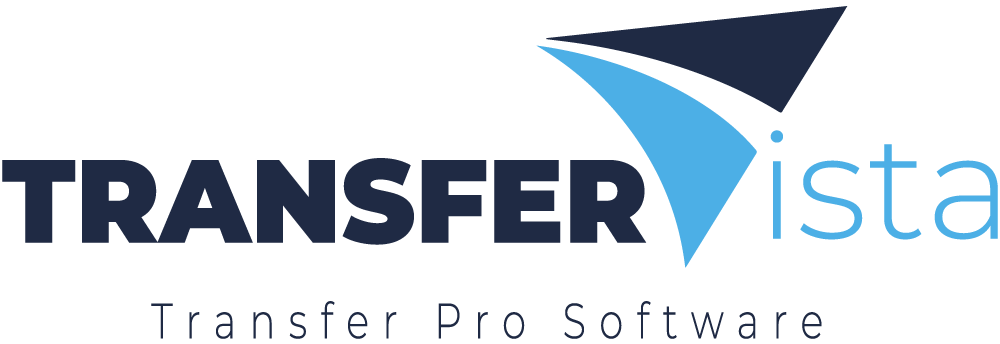Effectively Managing Multilingual Booking Platforms
Running an online booking platform already comes with a lot of moving parts: realtime inventory updates, pricing management, customer support, and payment processing. Now imagine doing all that in multiple languages, across different time zones, and with customers from every corner of the world.
It can feel like walking into a messy room with no labels on anything—you know there’s value hidden somewhere, but you can’t find it because nothing is organized. A multilingual booking platform done well is like finally putting labeled shelves in that room. Suddenly, everything is within reach, everyone understands where to go, and your bookings start flowing smoothly from all markets.
In this article, we’ll break down why multilingual booking platforms are so important, the common challenges businesses face, and practical ways to manage them effectively—so you can expand your customer base without losing your sanity.
Why Multilingual Booking Platforms Matter
Imagine trying to book a hotel room in a country where you don’t speak the language. The calendar is confusing, the prices might not be clear, and you’re unsure whether breakfast is included. Many people give up at this point and go to a competitor who offers a seamless experience in their native tongue.
Providing a platform in multiple languages builds trust and reduces friction. Customers feel confident they’re booking exactly what they want, which directly translates into more completed reservations and fewer complaints.
Some concrete benefits:
- Increased conversions: More visitors will finish their booking if they can navigate in their own language.
- Reduced errors: Misunderstandings about dates, extras, or payment terms drop significantly.
- Stronger global reach: You’re no longer limited to one market; you can target travelers from around the world.
Core Challenges in Managing Multilingual Platforms
Of course, adding multiple languages isn’t as simple as plugging in Google Translate and calling it a day. Here are the most common hurdles businesses face:
1. Consistency Across Languages
When you add new offers, change prices, or update policies, those changes need to be mirrored across all languages. Forgetting one version creates confusion and can lead to customer frustration.
2. RealTime Updates
Inventory and pricing shift constantly. Your system must push updates instantly in every language to avoid overselling or outdated information.
3. Currency and Time Zone Differences
A customer in Germany may want to see prices in euros and checkin times in CET, while a customer in the U.S. expects dollars and EST. Managing these details per language makes a huge difference in clarity.
4. Technical Maintenance
Behind the scenes, your platform becomes more complex. You’re handling separate databases or translation layers, which requires a wellstructured backend to avoid chaos.
Key Features of a WellManaged Multilingual System
A multilingual platform should feel as smooth as a single-language site. To get there, certain features are essential:
- Dynamic Language Switcher: A clear, easytofind option that lets users change languages without losing their place.
- Automated Translation Tools with Manual Review: AI can handle routine translations, but important pages should be checked or refined by a human for nuance.
- Integrated Currency and Unit Conversion: Don’t make users calculate in their head. Show them prices in their currency and measurements they’re familiar with.
- Localized Formats: Dates, times, and addresses should follow local standards (e.g., 24-hour time vs. AM/PM).
- Clear Backend Management: Your staff should be able to edit and update all language versions from a central dashboard.
When these features work together, your platform feels native to each customer group, and your team avoids headaches.
Best Practices for Content Management
Managing multilingual content is like maintaining a wellorganized digital library. Without a system, updates get lost and your site quickly feels out of date. Here’s how to keep things sharp:
- Centralize Your Terms: Create a glossary of frequently used words (like “booking,” “checkin,” “cancellation policy”) and ensure translators use them consistently.
- Use Translation Memory: Many translation management tools store past translations, so when a phrase repeats, it stays uniform.
- Audit Regularly: Schedule periodic reviews of all language versions to catch outdated information or errors.
- Involve Native Speakers: A fluent speaker can spot subtle mistakes or cultural issues that automated tools miss.
Technical Considerations
A multilingual booking platform isn’t just about words—it’s about the tech under the hood.
Choose Software with Multilingual Support
Your booking engine or CMS should have multilingual features built in or allow you to add them via APIs. This saves time and avoids custom coding nightmares.
SEOFriendly URLs
For each language, use a clear URL structure, like:
- example.com/en/
- example.com/de/
- example.com/fr/
Search engines treat these as separate pages, which boosts your visibility in different markets.
Optimize Performance
Don’t let translations slow down your site. Compress images, use caching, and test load times for each language version.
Payments That Work Globally
Make sure your payment gateway accepts international cards and displays fees or taxes clearly per region.
Customer Support and Communication
Even with a perfectly translated platform, customers may still reach out with questions. Providing multilingual support is the next step to a seamless experience.
- Offer live chat or email responses in major languages.
- Use automated replies tailored to the customer’s selected language.
- Train your support staff or integrate live translation tools for quick help.
This extra effort shows customers you value them, regardless of where they’re from.
Case Studies and Real-World Wins
Case Study 1: Hotel Chain in Europe
A midsized hotel group added four new languages (Spanish, Italian, Dutch, and Polish) to their booking system. Within six months, international bookings rose by 30%. Customer feedback mentioned how easy it was to book “without worrying about making mistakes.”
Case Study 2: Airport Transfer Service
A transport company operating in multiple countries introduced localized currency options and a responsive language switcher. They noticed a 15% drop in cancellations because customers could finally see exact pickup times and pricing in their own formats.
Quick Tips for Getting Started
If you’re just starting to manage a multilingual booking platform, here’s how to keep it simple:
- Start Small: Focus on your top 2–3 markets and get those translations perfect before adding more.
- Prioritize Booking Steps: Make sure the booking form, payment page, and confirmation emails are fully localized.
- Test Like a Customer: Go through the process in each language yourself or ask friends to try it and report back.
Bringing It All Together
Effectively managing a multilingual booking platform isn’t just about translation—it’s about creating a seamless, trustworthy experience that feels native to each customer, no matter where they are in the world.
By tackling the challenges headon, choosing the right tools, and following best practices, you can turn what might seem like a complex puzzle into a welloiled system that drives more bookings and happier customers.
In short:
- Plan for consistency and quality.
- Invest in the right technology.
- Always think from the customer’s perspective.
Your platform will not only work better—it will feel better, like that organized room where everything is finally in its place. And when customers feel understood and supported, they’re far more likely to complete their booking and return for more.


